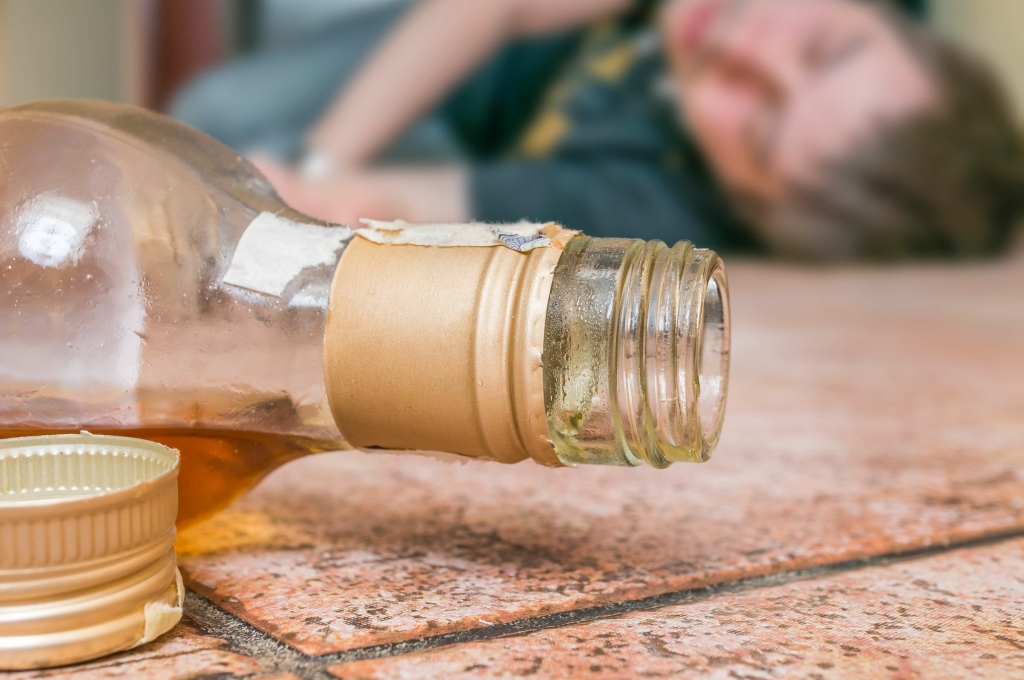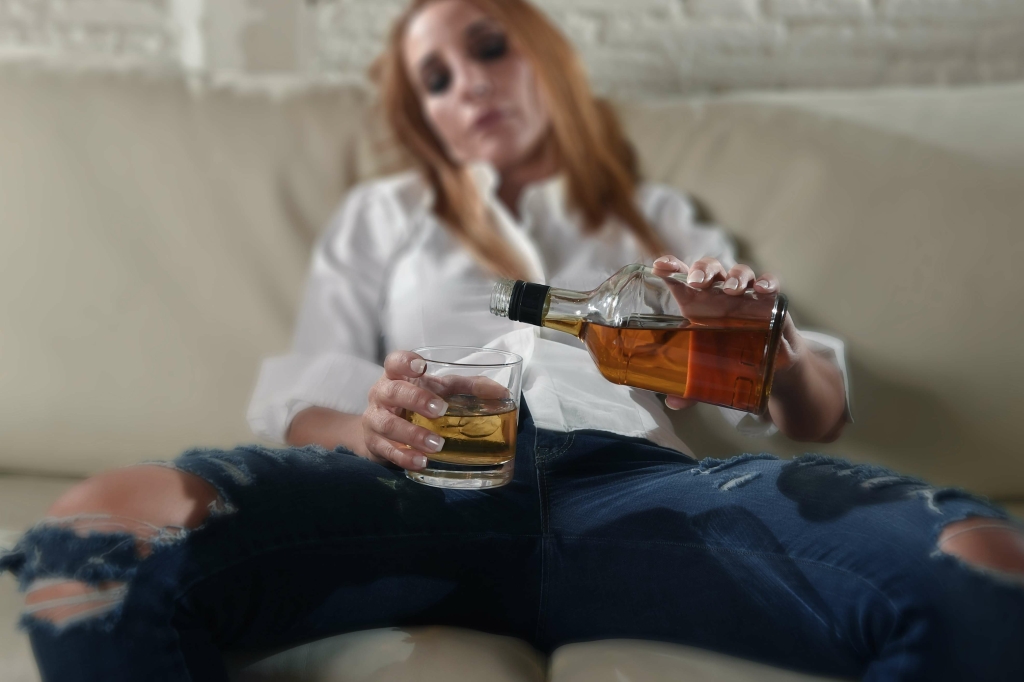9 Signs of Alcoholism or Alcohol Abuse
People in recovery may experience a return to a cycle of active addiction when they relapse. While relapse does not mean you can’t achieve lasting sobriety, it can be a disheartening setback in your recovery. Interpersonal relationships and support systems are highly influenced by intrapersonal processes such as emotion, coping, and expectancies18. Relapse prevention initially evolved as a calculated response to the longer-term treatment failures of other therapies. The assumption of RP is that it is problematic to expect that the effects of a treatment that is designed to moderate or eliminate an undesirable behaviour will endure beyond the termination of that treatment. Further, there are reasons to presume a problem will re-emerge on returning to the old environment that elicited and maintained the problem behaviour; for instance, forgetting the skills, techniques, and information taught during therapy; and decreased motivation5.
Maintain a balanced lifestyle by eating healthily, exercising regularly, getting enough sleep, and engaging in activities that bring you happiness and fulfillment. Reach out to friends, family, or support groups for encouragement during difficult times. Feelings of guilt, shame, and self-blame may lead people to question their ability to overcome addiction and exacerbate underlying issues of low self-esteem. Realistic—Although I had a setback, I did not lose the gains that I have made in the past months. All rights are reserved, including those for text and data mining, AI training, and similar technologies.
Preventing the AVE Response
Thinking about and romanticizing past drug use, hanging out with old friends, lying, and thoughts about relapse are danger signs. Individuals may be bargaining with themselves about when to use, imagining that they can do so in a controlled way. The following section reviews selected empirical findings that support or coincide with tenets of the RP model.
- The second is assessing coping skills of the client and imparting general skills such as relaxation, meditation or positive self-talk or dealing with the situation using drink refusal skills in social contexts when under peer pressure through assertive communication6.
- We define nonabstinence treatments as those without an explicit goal of abstinence from psychoactive substance use, including treatment aimed at achieving moderation, reductions in use, and/or reductions in substance-related harms.
- Additionally, no studies identified in this review compared reasons for not completing treatment between abstinence-focused and nonabstinence treatment.
- Self-care helps minimize stress—important because the experience of stress often encourages those in recovery to glamorize past substance use and think about it longingly.
- In addition to issues with administrative discharge, abstinence-only treatment may contribute to high rates of individuals not completing SUD treatment.
- Another is to carefully plan days so that they are filled with healthy, absorbing activities that give little time for rumination to run wild.
For example, successful navigation of high-risk situations may increase self-efficacy (one’s perceived capacity to cope with an impending situation or task; [26]), in turn decreasing relapse probability. Conversely, https://ecosoberhouse.com/ a return to the target behavior can undermine self-efficacy, increasing the risk of future lapses. Outcome expectancies (anticipated effects of substance use; [27]) also figure prominently in the RP model.
5. Feasibility of nonabstinence goals
It might mean entering, or returning to, a treatment program; starting, or upping the intensity of, individual or group therapy; and/or joining a peer support group. Good treatment programs recognize the relapse process and teach people workable exit strategies from such experiences. There is an important distinction to be made between a lapse, or slipup, and a relapse. The distinction is critical to make because it influences how people handle their behavior. A relapse is a sustained return to heavy and frequent substance use that existed prior to treatment or the commitment to change.

Moderation analyses suggested that RP was consistently efficacious across treatment modalities (individual vs. group) and settings (inpatient vs. outpatient)22. Therapy is extremely helpful; CBT (cognitive behavioral therapy) is very specifically designed to uncover and challenge the kinds of negative feelings and beliefs that can undermine recovery. By providing the company of others and flesh-and-blood examples of those who have recovered despite relapsing, support groups also help diminish negative self-feelings, which tend to fester in isolation. Many people seeking to recover from addiction are eager to prove they have control of their life and set off on their own. Help can come in an array of forms—asking for more support from family members and friends, from peers or from others who are further along in the recovery process.
Relapse prevention for addictive behaviors
A smaller placebo controlled study has also found evidence for better responses to NTX among Asp40 carriers [94]. One study found that the Asp40 allele predicted cue-elicited craving among individuals low in baseline craving but not those high in initial craving, suggesting that tonic craving could interact with genotype to predict phasic responses to drug cues [97]. Initial evidence suggests that implicit measures of expectancies are correlated with relapse outcomes, as demonstrated in one study of heroin users [61].
Gordon as part of their cognitive-behavioral model of relapse prevention, and it is used particularly in the context of substance use disorders. In conclusion, the abstinence violation effect is a psychological effect that impacts those in recovery, as well as those who are focused on making more positive behavioral choices in their lives. By reframing lapses as learning opportunities and teachable moments, cultivating self-compassion, and seeking support, individuals can navigate these challenges more effectively, increasing their chances of leading a healthier lifestyle.
Expanding the continuum of substance use disorder treatment: Nonabstinence approaches
One study [74] found evidence suggesting a feedback cycle of mood and drinking whereby elevated daily levels of NA predicted alcohol use, which in turn predicted spikes in NA. Other studies have similarly found that relationships between daily events and/or mood and drinking can vary based on intraindividual or situational factors [73], suggesting dynamic interplay between abstinence violation effect these influences. The client’s appraisal of lapses also serves as a pivotal intervention point in that these reactions can determine whether a lapse escalates or desists. Establishing lapse management plans can aid the client in self-correcting soon after a slip, and cognitive restructuring can help clients to re-frame the meaning of the event and minimize the AVE [24].


Leave a Reply
Want to join the discussion?Feel free to contribute!